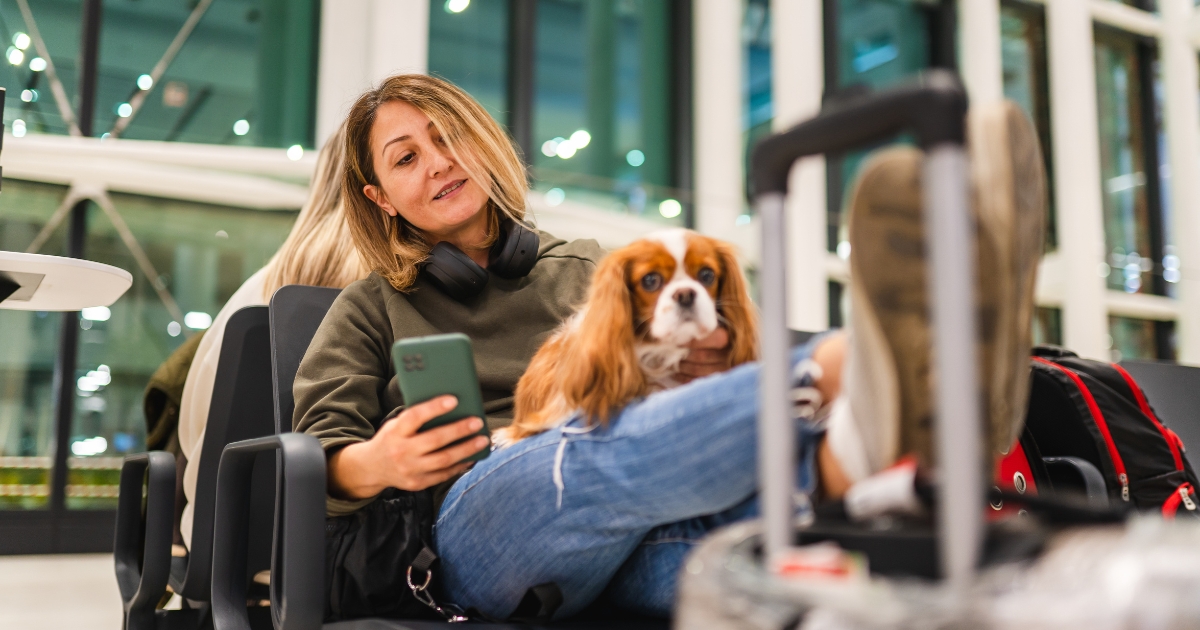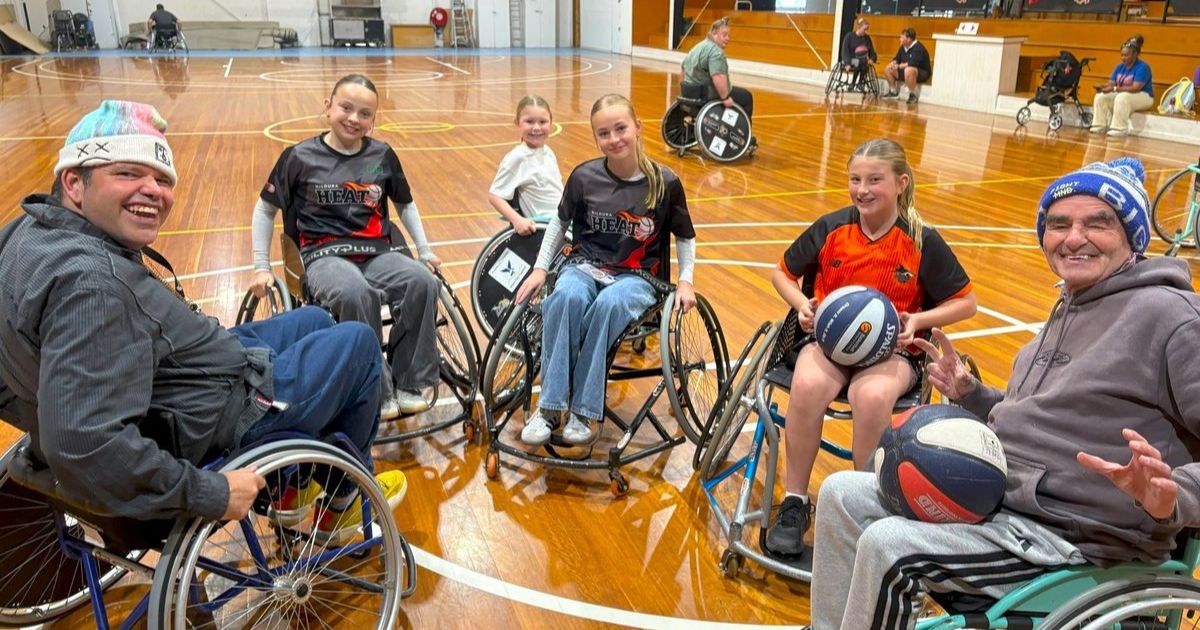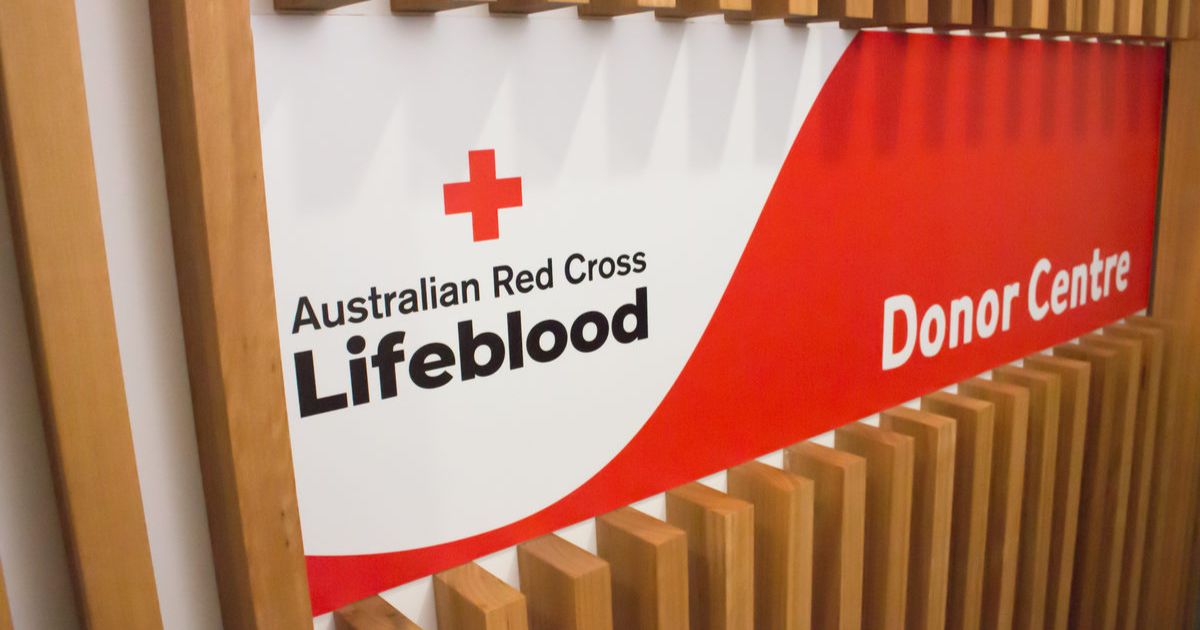Summer drowning report released

Surf Life Saving Australia has released its summer drowning report for 2023-24. Photo: PETER MARSHALL
SURF Life Saving Australia (SLSA) has released its annual summer drowning report, sending a clear message to beachgoers to swim between the flags.
SLSA has confirmed for back-to-back years 100 per cent of summer rip drowning deaths occurred outside the flags, contributing to 99 total deaths in the water over the past three months – more than half occurring on coastlines.
SLSA chief executive officer Adam Weir said volunteer surf lifesavers continued to save more lives over summer than any other time of the year, but 55 lives were unable to be rescued off beaches this season.
“SLSA is grateful to all surf lifesavers and lifeguards who collectively have performed 5,176 rescues and 1,363,588 preventative actions, returning so many loved ones to their family and friends.
“Sadly, 55 lives were lost across our coastline this summer, with men again representing more than four in every five drowning deaths that occurred.
“This summer, 60 per cent of coastal drowning deaths occurred in regional and remote locations, many at unpatrolled beaches.”
More than eight in 10 (84 per cent) of coastal drowning deaths were male, and regional and remote drowning deaths accounted for 60 per cent of fatal coastal drowning, which is nine per cent up from last year.
The local community was not untouched by death this summer, with 63-year-old man and tourist John Holland dying from drowning at Hut Gully Beach in Anglesea, an unpatrolled beach, on New Year’s Day.
Anglesea Surf Life Saving Club president David Marsh said any loss of life on the Surf Coast not only affected the community, but also the lifesavers involved.
“A number of our members, including myself, had to respond to deal with this incident, but unfortunately ended in an unsuccessful resuscitation.
“It’s time and time again people choosing to swim in unpatrolled locations despite driving or walking past multiple signs advising people not to swim there, and when things can and do go wrong, it affects everybody.
“Of course it’s awful for the families, and it’s not intentional, people enjoy going for a swim, but it does have a lasting impact on emergency service people, there’s no doubt about that.
“Education remains the key, but I could always say there’s a need for better signage, or the government and lifesaving bodies investing and advocating for better technologies, remote cameras and the like.”
SLSA revealed the more than 1.4 million hours volunteered by surf lifesavers on patrol every year Australia-wide is estimated to contribute $1.6 billion economic value to the Australian community during the past summer alone.


















